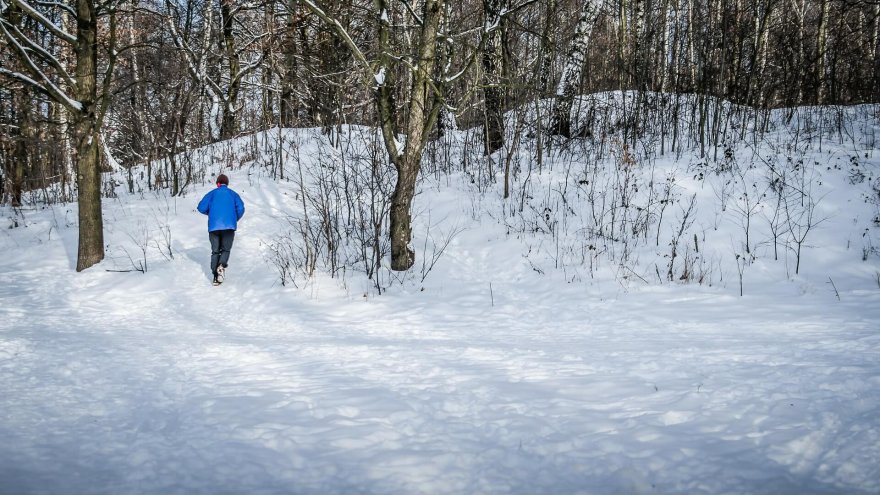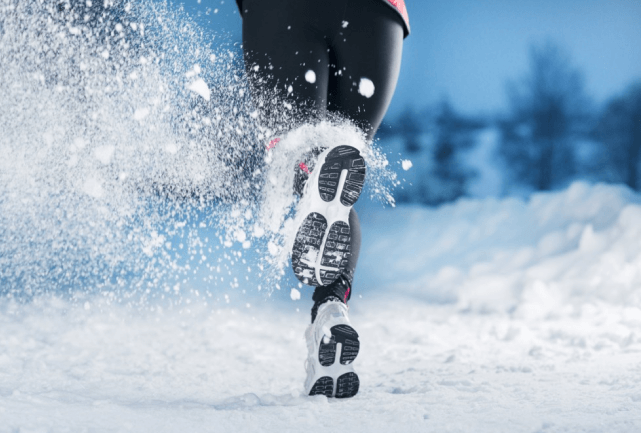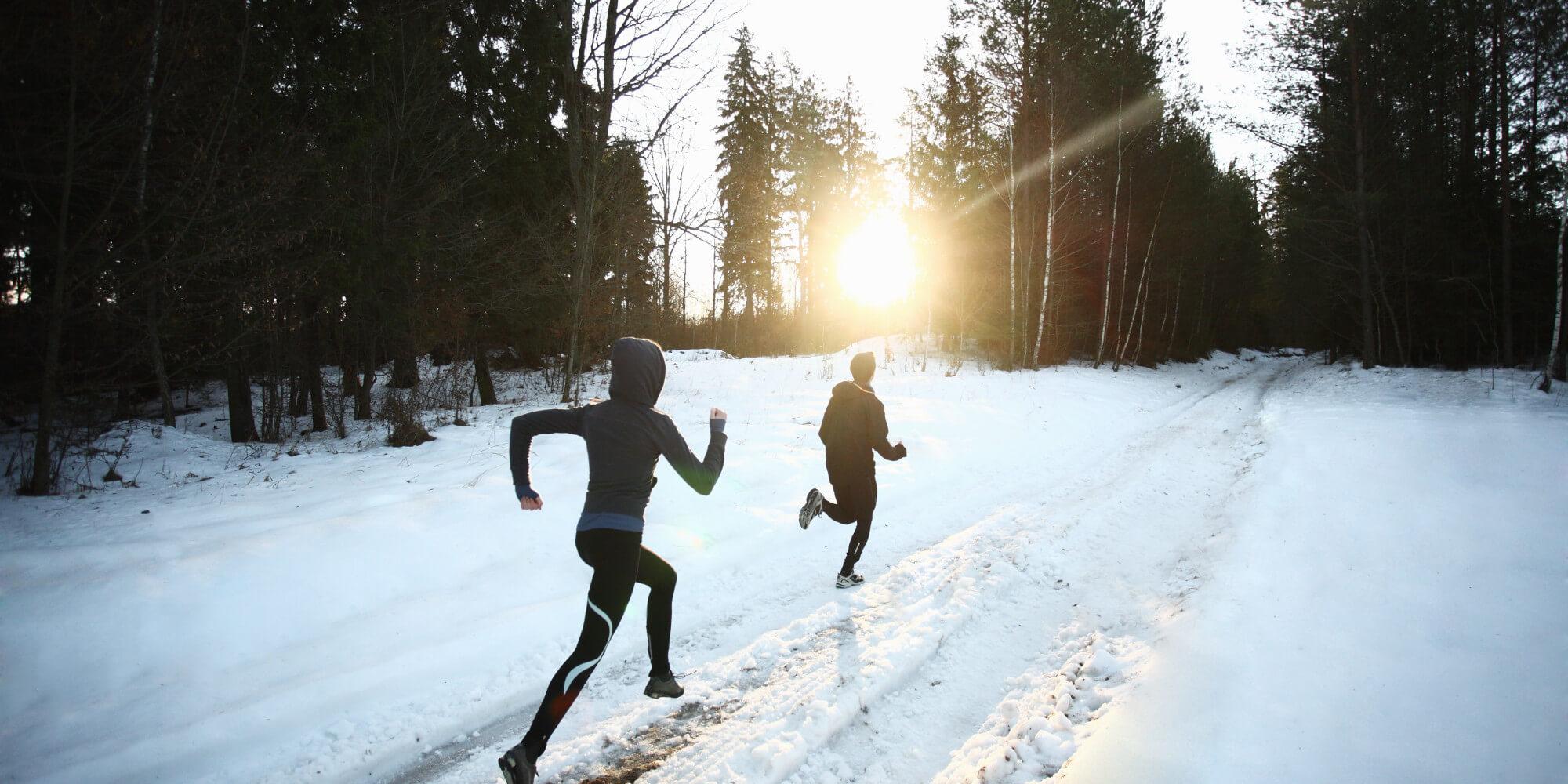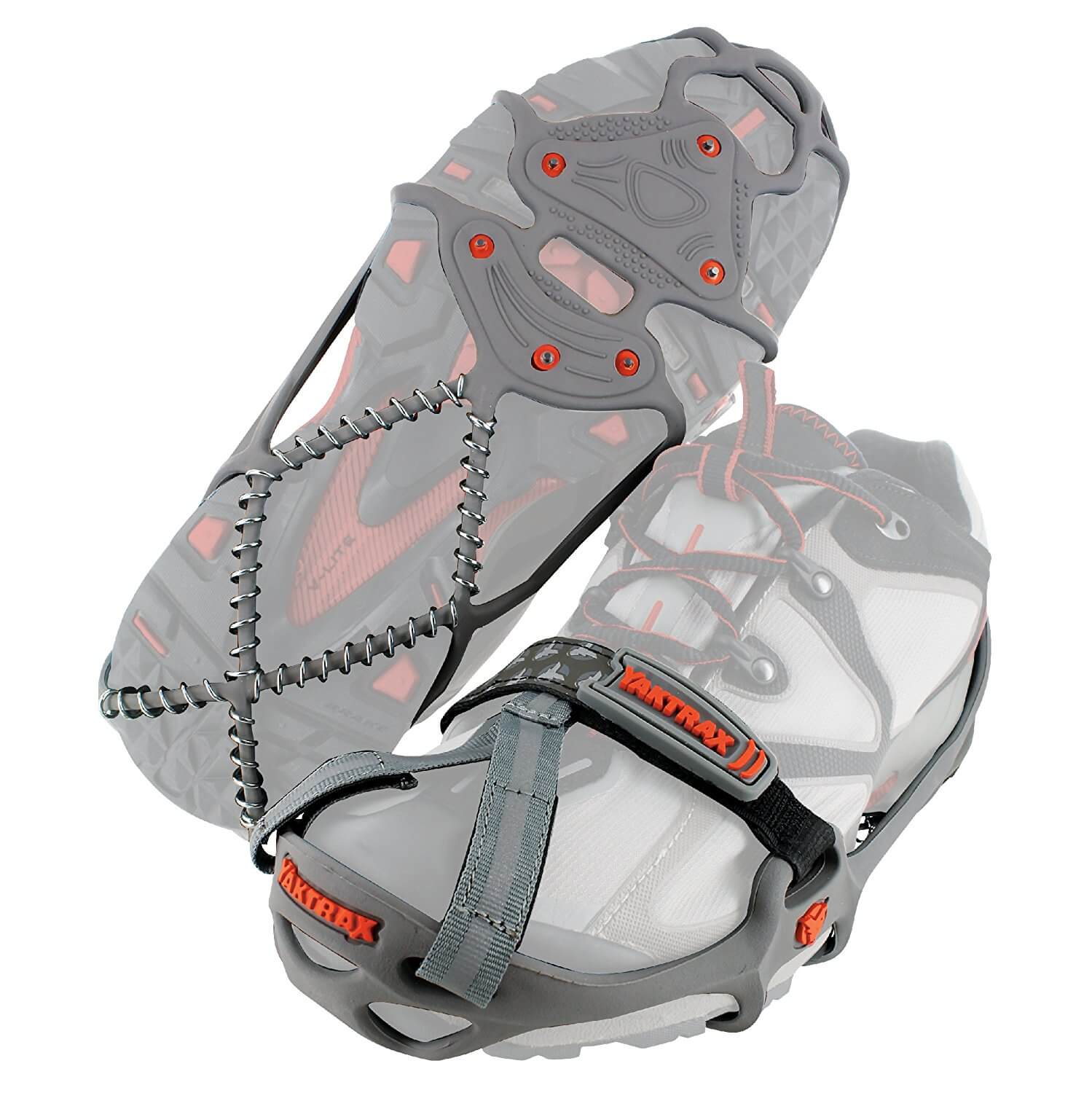Tips for Running in Snow and Ice

Winter is always an interesting time to be an athlete. No matter what your sport of choice, the cold, dark months make it difficult to maintain your motivation, dietary standards and fitness routine. But for runners, who often train outdoors, winter can present a special set of challenges.
Specifically, runners now have to consider how to run safely and efficiently in what has effectively become a new environment. Even setting the plummeting temperatures aside, once the ground is coat in ice, snow or any combination of the two, your entire approach to training may have to change. So, what can you do? Here are a few tips for running in the snow and ice this winter.
Slow Down
The most important way in which you can adapt to winter weather is simply to take it slow. Slick ground is going to test your balance and traction, drastically increasing your risk of falls and injuries. One important way to avoid this danger is by planning to reduce your speed.

Apart from just running at a slow pace, it’s also key that you adjust your stride and foot strike pattern in order to maximize your traction. To do this, keep your steps short and practice keeping your feet closer to the ground. Remember, when you’re running, there are brief moments in which both of your feet are in the air. Each time you come down, then, you risk slipping. By reducing that air time, you actively enhance your stability and safety while running in the snow.
And this advice to slow down doesn’t just refer to your run as a whole; you also need to be willing to adjust while you’re in the middle of your workout. So, if you set out at one pace and feel comfortable, what should you do if you suddenly encounter a particularly slick patch? Slow down at least until you pass it by safely. You may even have to walk, as horrible as that sounds.
Granted, these adjustments will likely mess up your times. Which can be a really difficult thing to except. However, it’s better to finish your runs safely and slowly than to rush through them and end up injured.
Change Your Attitude
All this talk of slowing down nicely sets up another change many runners have to make in order to run safely in snow and ice. Rather than viewing these slower workouts as somehow less effective, understand that they are actually challenging in their very own special way. In fact, these winter runs should be seen as a highly effective form of cross-training.

How so? Because of the changes in your stride and other adjustments that your body has to make in order to keep you mobile in the snow, these winter runs are going to work muscles that normally would not be the focus of your runs. Additionally, the emphasis on balance is going to help to improve your strength and stability in ways that most of your workouts would not.
Indeed, these “slower” runs are going to build skills that your standard runs don’t even touch. Even when you do take things at a slower pace than you normally would, then, you will likely find that running in the snow and ice is a very intense, interesting and challenging experience.
To maintain your motivation, therefore, focus on these positive aspects of snow-day runs.
Your Path and Your Gear
Of course, you can’t just head out into the snow and ice without making other changes to your routine. Your standard pair of running shoes, for instance, might not work. Remember, these cold, damp months are going to require shoes that not only provide you with ample traction and support, but you’ll also need help staying warm and dry.
While plenty of running shoes – particularly those intended for trail running – offer respectable grip, you might need a little more than what rubber soles can provide. For these situations, consider purchasing traction chains for your shoes. These products can generally be stored in your pocket until you need them and quickly slipped over your shoes to get you through rougher patches in the road. Just remember not to wear these chains indoors or on roads without snow.
Safely running in the snow and ice, then, really only requires a few minor adjustments to your training style and viewpoint. With some creativity and planning, there’s no reason why you can’t stay active during the winter.
Latest Articles
 Is Running on a Treadmill Easier Than Running Outside?Runners have their own preferences, whether it is treadmill running, running outside on the road, or exploring trails. So...
Is Running on a Treadmill Easier Than Running Outside?Runners have their own preferences, whether it is treadmill running, running outside on the road, or exploring trails. So... Is It OK to Use Trail Running Shoes on the Road?While trail running shoes can be used on roads, especially in situations where a runner encounters mixed terrains or pref...
Is It OK to Use Trail Running Shoes on the Road?While trail running shoes can be used on roads, especially in situations where a runner encounters mixed terrains or pref... How to Fix Sore Quads After Running?Rest, ice, gentle stretching, and over-the-counter pain relievers can help soothe sore quads after running. Also, ensure ...
How to Fix Sore Quads After Running?Rest, ice, gentle stretching, and over-the-counter pain relievers can help soothe sore quads after running. Also, ensure ... 10 Fruits With The Most Electrolytes to Replace Sports DrinksThese fruits are high in electrolytes such as potassium, magnesium, and calcium, essential for hydration, muscle function...
10 Fruits With The Most Electrolytes to Replace Sports DrinksThese fruits are high in electrolytes such as potassium, magnesium, and calcium, essential for hydration, muscle function...

